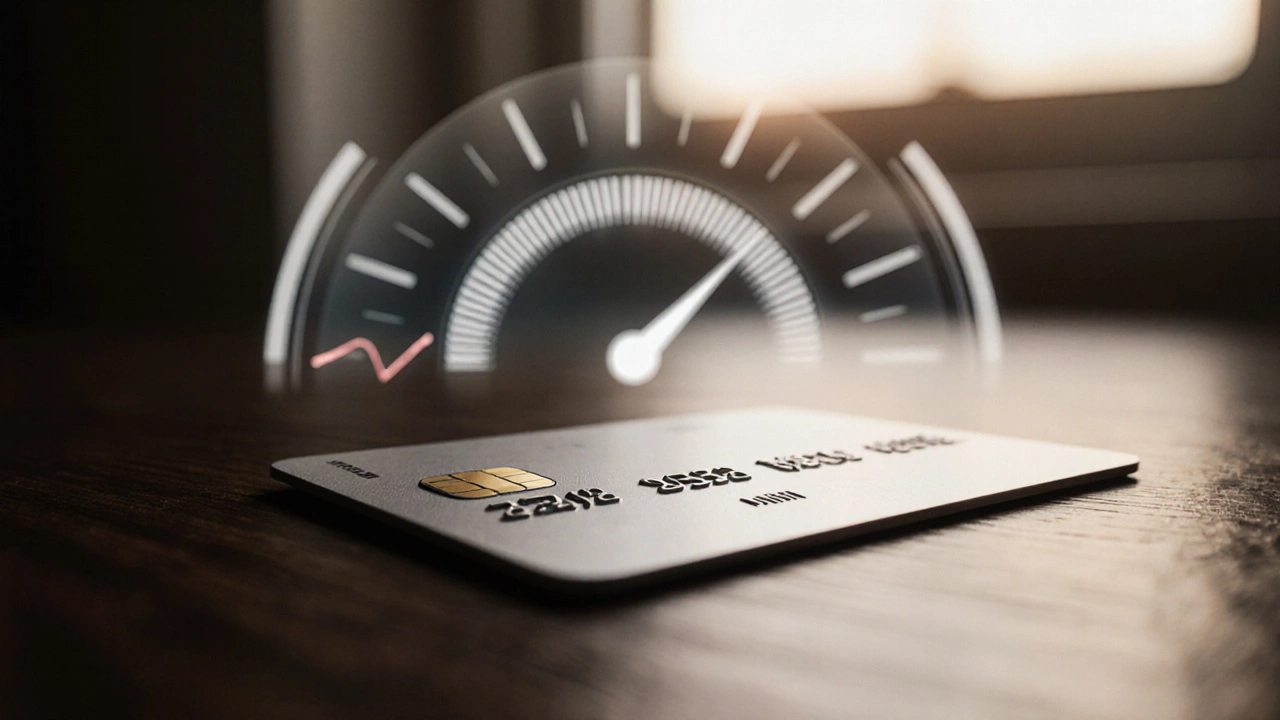
Credit Card Impact Calculator
Your Credit Impact Summary
Potential Benefits
Potential Risks
Ever wonder whether a dormant credit card is doing you any good-or any harm? The short answer: it depends on how the card sits in the bigger picture of your credit profile, fees, and personal habits. In the next few minutes you’ll learn exactly what an unused card does to your credit score, when it’s worth keeping, and the red flags that should push you to close it.
Key Takeaways
- Unused cards can boost your credit score by lowering credit utilization and extending credit history.
- Annual fees, inactivity fees, and fraud risk are the main downsides.
- Small regular purchases (even $1‑$5) kept paid in full keep the account “active” without hurting your budget.
- Close a card only if fees outweigh the credit‑score benefit or you have too many cards.
- Monitor statements and your credit report at least once a year.
How Credit Cards Affect Your Credit Score
Credit scoring models (like FICO® and VantageScore®) look at five main pillars:
- Payment history - whether you pay on time.
- Credit utilization - the ratio of balances to total limits.
- Length of credit history - how long your accounts have been open.
- Credit mix - the variety of credit types you hold.
- New credit inquiries - recent hard pulls.
Each pillar is weighted. Payment history is the biggest (about 35%). The next most influential factor is credit utilization, which accounts for roughly 30% of the score.
When you have an unused credit card, the card’s limit adds to your total available credit while the balance stays at $0. That drops your overall utilization, which can lift your score by a few points-especially if you carry balances on other cards.
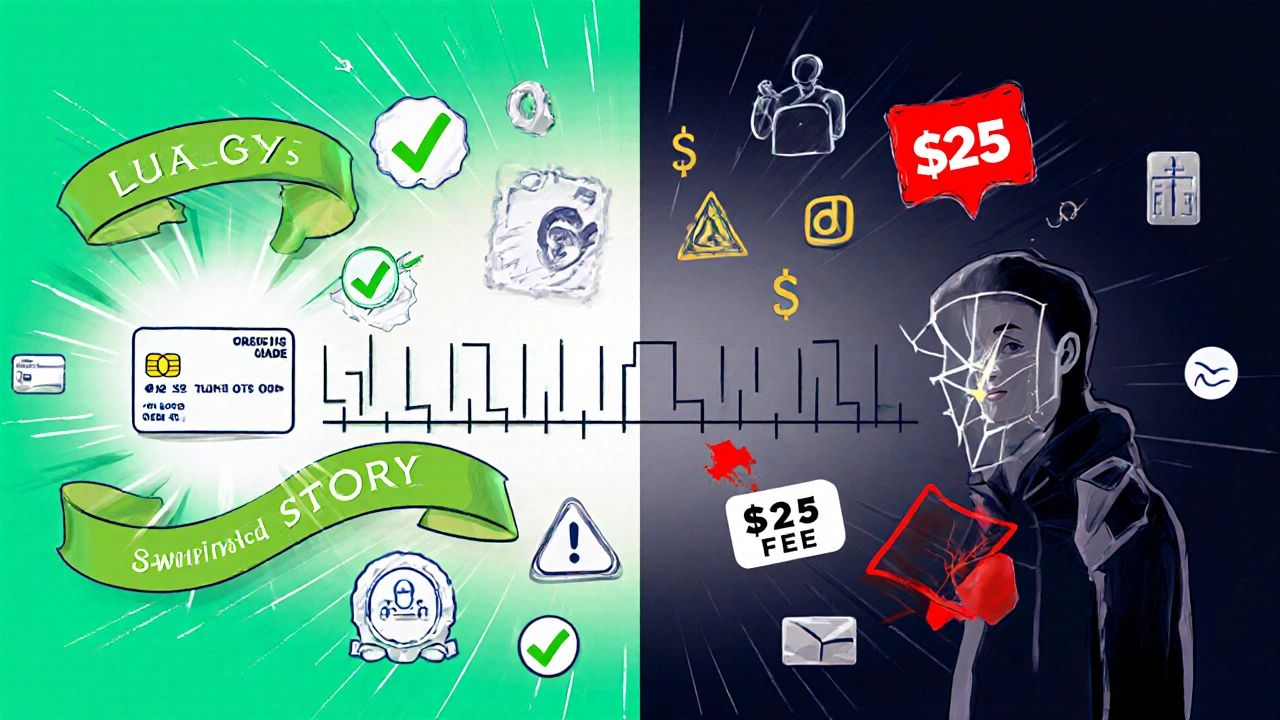
What Happens When You Don’t Use a Credit Card?
Most issuers consider a card “inactive” after 12‑24 months of no charge activity. Inactivity can trigger three outcomes:
- Annual or inactivity fees - some banks charge a $25‑$75 fee for dormant accounts.
- Account closure - the issuer may cancel the card, which removes the limit from your credit file.
- Fraud risk - a card that isn’t monitored can be an easy target for fraudsters.
Closed cards don’t disappear from your credit file immediately. They stay on the report for up to ten years, but the credit limit is no longer counted in the utilization calculation. If the card was part of a long credit history, its removal can shorten your average account age and dent the score.
Pros of Keeping an Unused Card
Even if you never swipe, the card can be a silent score‑booster. Here’s why:
| Benefit | How it Helps Your Score |
|---|---|
| Lower credit utilization | More available credit = lower ratio, higher score |
| Longer credit history | Older account age boosts the ‘length of credit history’ factor |
| Diversified credit mix | Having a revolving account alongside loans improves mix score |
These boosts are especially valuable if you’re new to credit or have a limited number of accounts.
Cons of Keeping an Unused Card
On the flip side, a dormant card can cost you:
- Annual fees - many premium cards charge $150‑$250 per year regardless of usage.
- Inactivity fees - some banks add a $30 fee after 12 months of no spend.
- Potential fraud - an unused card may go unnoticed in statements, giving thieves a window to make unauthorized purchases.
- Credit line reduction - issuers sometimes lower limits on dormant accounts, which can raise your utilization ratio.
If the fees outweigh the score benefit-especially for high‑interest cards-the net effect could be negative.
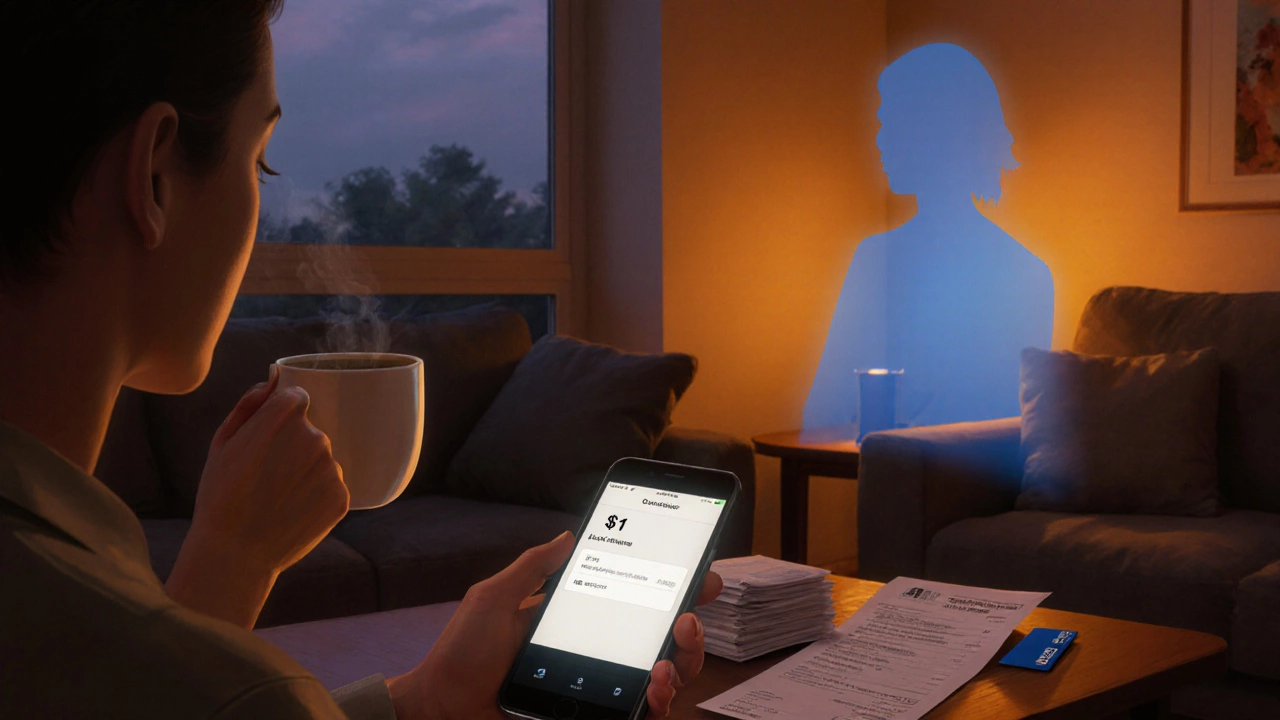
How to Manage an Unused Card Wisely
Keeping the card “alive” doesn’t mean you have to pile on debt. Try these low‑effort strategies:
- Set up an automatic $1‑$5 recurring charge (e.g., a subscription you already pay for) and pay it off instantly.
- Use the card for a grocery trip once a quarter and pay the balance in full.
- Enable transaction alerts via the bank’s app; you’ll spot any suspicious activity right away.
- Request a fee waiver if you have a good payment record; many issuers will accommodate.
- Check your credit report annually through major bureaus (Equifax, Experian, illion) to confirm the account is reported correctly.
These steps keep the account active, preserve the credit limit, and let you enjoy the scoring advantage without adding financial risk.
When It Makes Sense to Close a Card
Even with the potential benefits, closing a card can be the smarter move in certain scenarios:
- You’re paying a high annual fee on a card you never use.
- The card’s credit limit is tiny (e.g., $500) and doesn’t meaningfully affect utilization.
- You have a cluttered wallet-multiple cards increase the chance of missed payments.
- The issuer has a poor customer service reputation that could lead to disputes.
If you decide to close, follow a clean process:
- Pay off any remaining balance.
- Redeem any earned rewards (or transfer them if possible).
- Contact the bank and request a formal closure in writing.
- Ask for a confirmation letter stating the account is closed at a $0 balance.
- Monitor your credit report for 30‑60 days to confirm the status update.
Remember, the closed account will stay on your report for up to ten years, but its impact on utilization disappears immediately.
Frequently Asked Questions
Will an unused credit card hurt my credit score?
Generally no. As long as the card remains open, its credit limit lowers your overall utilization, which can actually improve your score. The downside appears only if the issuer charges a fee or closes the account.
How often can a card be considered "inactive"?
Most Australian banks label a card inactive after 12months of zero spend. Some may wait 24months, but fees can start earlier, so check your issuer’s terms.
Is it better to keep a low‑limit card or close it?
If the annual fee is $0 and the limit isn’t hurting your utilization, keep it for the length‑of‑history benefit. If the fee is high relative to the limit, the cost outweighs the score boost.
Can I waive an inactivity fee?
Often yes. Call the bank’s service line, mention your good payment history, and ask for a fee waiver. Many issuers will comply, especially for long‑standing customers.
Do I need to pay the balance on a $0 spend card?
If the balance truly is $0, there’s nothing to pay. However, keep an eye on fees or interest that could appear if the account changes status.

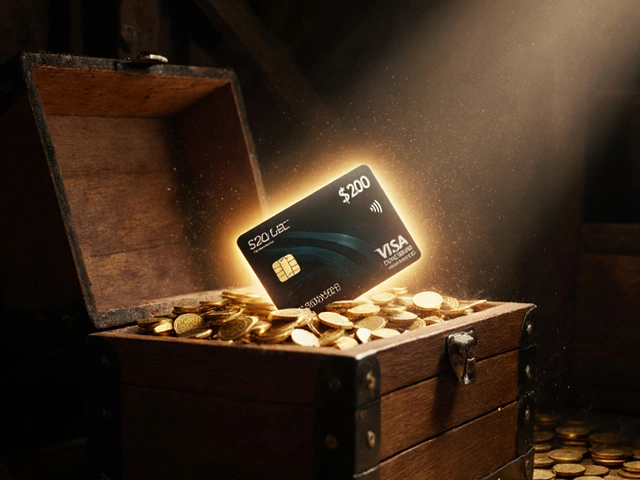
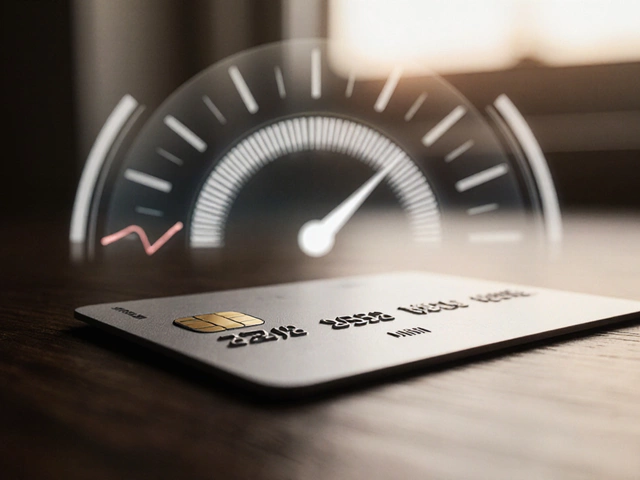
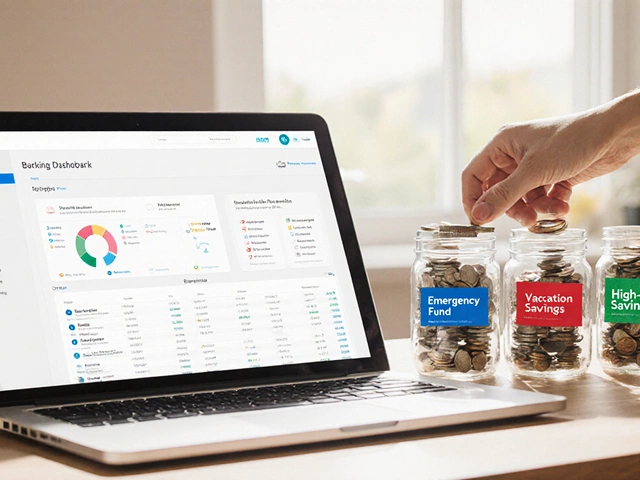
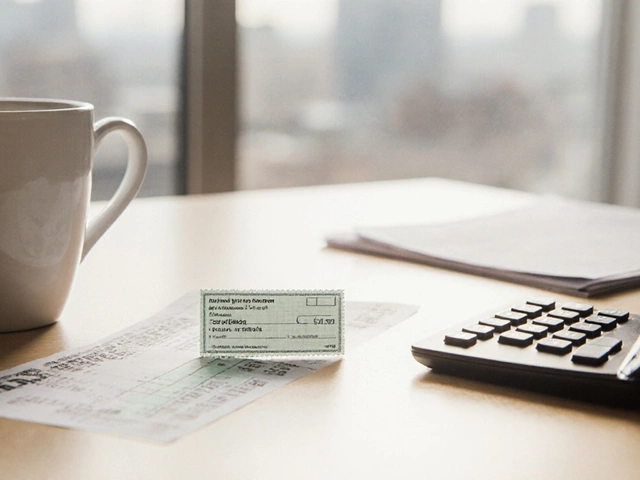



Write a comment